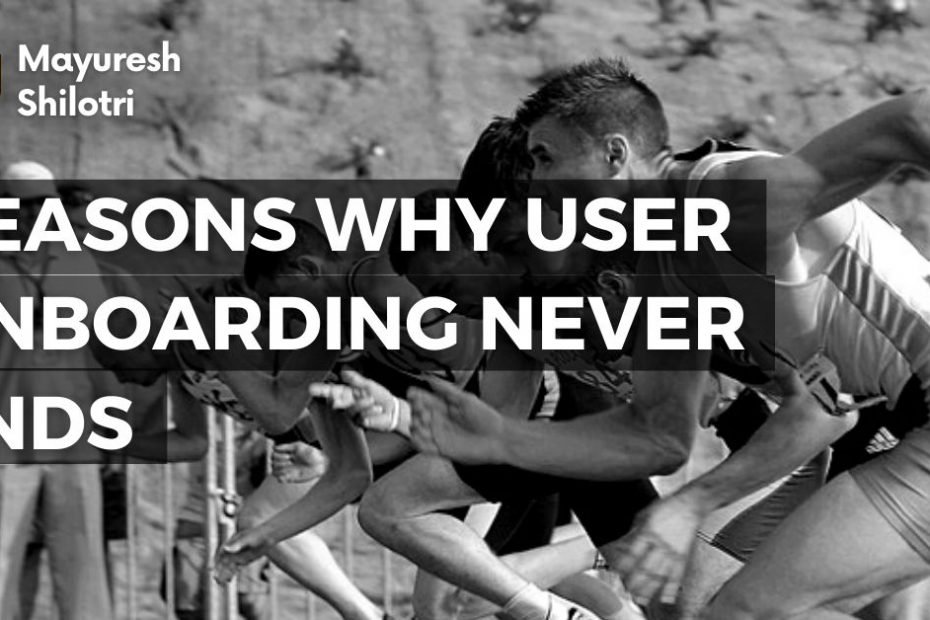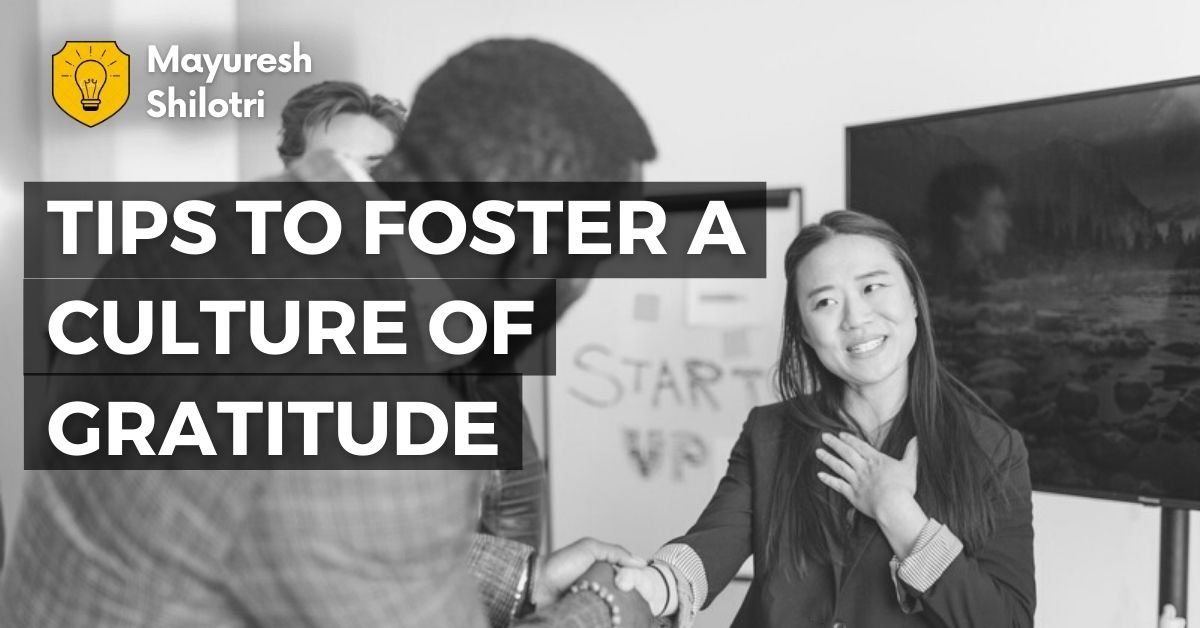It is obvious to invest money and time in features that you think can evolve your product. Product launches and release cycles further follow the trends of the investment. However, despite all the efforts, the new features drop down dead because they might not even be useful.
Knowing what user onboarding is and the ways companies should use user onboarding to offer the best experience is mandatory. Implementing onboarding in every single step can lead to flawless innovations.
- Words:1019 (Skim friendly)
- Type: Post
- Video:0
- Slides: 1
- Topic: Reasons Why User Onboarding Never Ends & How To Maximize The Experience?
- TIME: 16 Minute
What Is User Onboarding?
User or customer onboarding is the process that occurs continuously first to introduce the users to the platform and then connect them with the features that align best with them. The whole journey of onboarding is extremely crucial for a user to help them extract the most out of the product.
There is a close relationship between onboarding and why companies are wrong about onboarding.
Most companies fail the concept of onboarding because they don’t understand how “onboarding” works. They think onboarding means signing up. However, in the real scenario, onboarding starts from signup. Therefore, putting the focus only on customer onboarding efforts will leave a lot of engaged customers in the backseat and thus will deprive you of better opportunities.
When your onboarding game is brilliant, customer retention is automatically maximized as they understand how to make the most of the product with time.
Best Practices For User Onboarding Processes
Let’s look at the practices that work for customer onboarding and help maximise them too.
Fill Through Educational Content To Onboard Customers
To assist customers with understanding better while explaining new concepts, they must be told about the essence of success. Serving educational content to the users is where it starts, especially at the time of onboarding.
To inculcate the practice, companies can use a kanban board or Trello board that will contain all the to-do cards for the customers. When every card explicitly explains the meaning, users can grasp the ones they relate to most.
This is a great way to explain the product and drives customers to yield success.
Onboard In Context
When companies launch products and features without any context, that’s where they enter the dome of mistakes. Instead of getting used to the concept of “getting the product launched”, companies should focus on “getting the product to be used.”
When the product is in use, it is the right time to promote the improvement within the product. Understand the right mechanism to help customers use it and then announce new features that will evolve the product’s usage.
Expose Features, Slowly
Onboarding has the same meaning, whether done for a product or a feature. There is no point in welcoming users to your product and asking them to use new features and perform complex tasks. This can be done by skilled users of the product and features.
Thus, don’t get started rightways by bombarding customers when you add new features to your product either.
The perfect way to inform users about how to carry on with stuff is only when you know they are good enough to know the product better.
Consideration For Successful User Onboarding
Onboarding is a rigorous and continuous process, and here are the three things you must consider to align the processes.
Onboarding should be a mandatory part of the product
A company can invest in onboarding product resources linked to UX, development, etc., when they have effective onboarding programs. Most certainly, this makes sense too.
Product experience can’t exist without onboarding. When onboarding and onboarding content are aligned together with the product development process, the customers are well-informed about the new features that are about to launch.
Content Should Be As Crisp As Possible
Onboarding is an on-and-off process; thus, users will fluctuate to understand the flow and need to move out if it doesn’t suit them.
It won’t make sense to expose users to long training sessions to understand the product. Thus, when your content is brilliant, it will make room for customers to be self-sufficient. Moreover, they will also engage themselves to explore the inside of the product and the way it works. In return, it will grab their interest too.
Use Content Channels To The Maximum
Different users work differently, and the way they learn is totally different from one another. Some take time, while others gain the idea pretty quickly.
In-app experiences help, but not always. Moreover, it is not the only way to get users proficient in the product. Onboarding programs that use four or more channels are the most successful.
Mix and match your in-app experience with offline outreach or videos for users who are less active. Create training courses for them to get more benefit also.
Signups To Engaged Users - Be A Part Of The Journey
Successful onboarding is the process of converting users from signups and leading them all the way to become engaged customers.
As you build your software, there are thousands more waiting in the queue who are competing for the same prize as you. If your customers aren’t aware of how to extract value from the product, production efficiency is being compromised.
Additionally, it opens the space for other companies to persuade your customers to join hands with them since they have more to offer.
Thus, keep onboarding new and existing users, and assist them in getting as much value as possible.
Conclusion
Onboarding that never ends is a challenge, and getting past it is a story on its own. However, you will get there if you follow the right approach and are aligned with your product team.
Using a scalable onboarding program makes it a cakewalk for new users. Sometimes, you might feel that onboarding is a never-ending process even though you are trying your best. But remember, onboarding is a process; it’s ongoing and happening in phases. As a company, you must know what your customers need, and once you are aware, accept, embrace, and inculcate them.
Customers will value new features and products, increasing their value for a lifetime.
Photo by Rodolfo Clix
Join to get sneak peek into what's happening
I write about books, experiences, product, UX, EdTech, early stage growth, validation – mostly tech. Subscribe if these topics interest you. Once every 15 days emailer. I promise – No spam. (I am known for it otherwise) 😉




